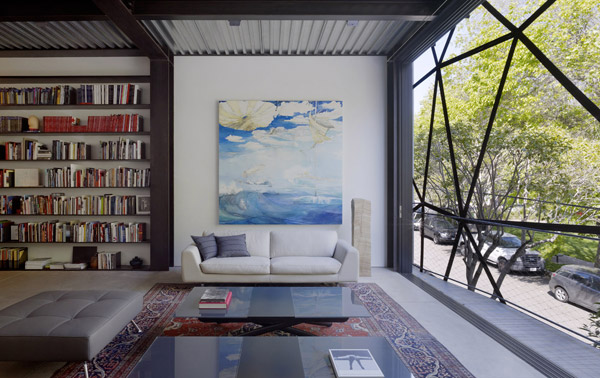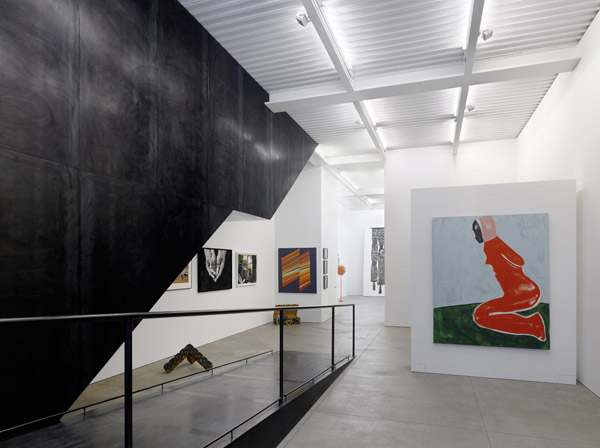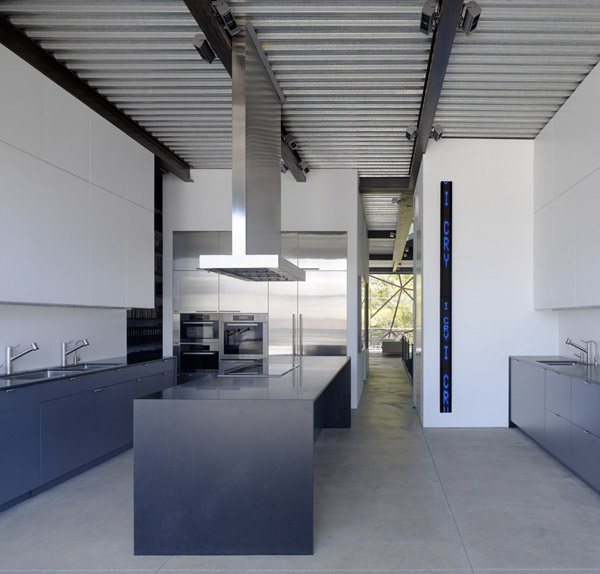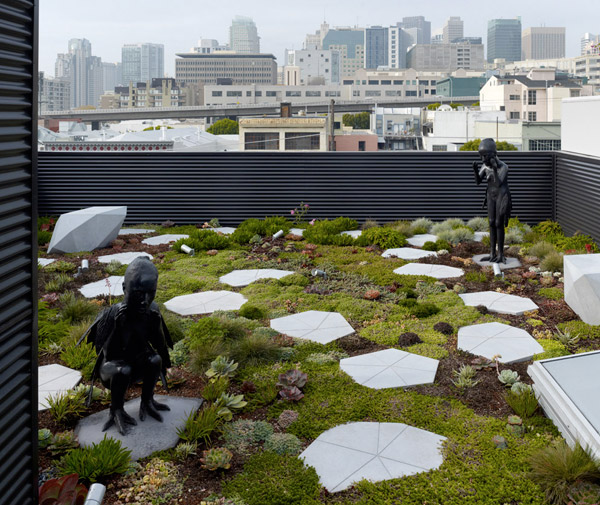

I lost my breath while flipping through the slideshow for the structure featured in Park Place, an article in the New York Times’s recently-personally-discovered T Magazine. I looked at the photos before reading the article which is apparently now my tradition while reading from this publication, as this is also how I went about ingesting the last such installment I read.

I could not tell if this place was a home or a museum. I assumed it was in New York but did not recognize any of the sights peeking in through those gorgeous windows. I thought, This must be a museum. I will die if someone lives here. Then I saw the kitchen.

I worried that my thought might actually kill me—that if it were true and this was in fact a private domicile that I might drop dead, then and there. I thought, What a waste that would be, and they would never even figure out what did me in. I thought of my obligations and how they would be affected if I died. For some reason, this errant thought shocked my mortality more than my raucous pedestrian navigation does. (I fell back into my New York City Rhythm much more quickly than I had even anticipated.)
The place, apparently designed by “Luke Ogrydziak and Zoe Prillinger of Ogrydziak/Prillinger Architects, a 10-year-old San Francisco firm,” is an art gallery. A private one. More importantly, it is also a house.
But it’s in San Francisco, so my worries were null from the start.
